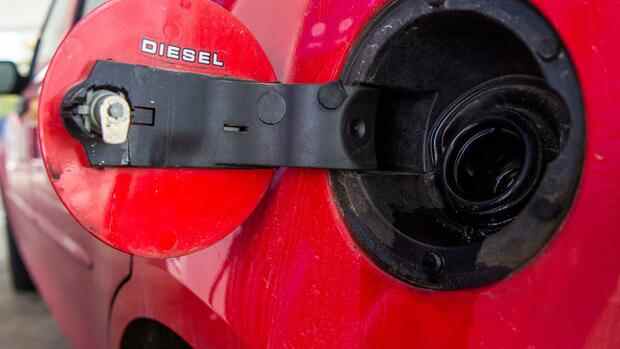Berlin The target group is broad. When it comes to relieving citizens of the high energy prices, the government has “the broad spectrum of society in mind,” explained Green co-leader Ricarda Lang recently. The FDP party leader Christian Lindner spoke of a relief package “for the middle of society”.
The DIW economists Stefan Bach and Jakob Knautz have calculated how the German households are burdened by the high energy prices depending on their economic situation and how the relief from the federal government affects them. The clear result: the poorest suffer by far the most from the energy price shock. They are also relieved more than the rich – but by no means to the same extent.
For the poorest 10 percent of the population, the cost of electricity, heating and fuel will eat up 6.7 percent of net income over the next 12 to 18 months. They get 3.7 percent back through state aid – still a minus of three percent.
Top jobs of the day
Find the best jobs now and
be notified by email.
For the richest 10 percent, the burden of energy prices is just 2 percent. They only get 0.7 percent back from the state – but the balance is still only a burden of 1.3 percent.
Grants are cut off abruptly
The calculations are based on information from 30,000 people as part of the Socio-Economic Panel (SOEP) and are therefore probably the largest database on the economic situation of German households. The average German loses 2.1 percent of his income due to energy costs despite aid.
Poor households spend a large proportion of their income on energy. “As a result, households with lower incomes in particular are very badly affected by the energy price increases,” says DIW economist Bach. In addition, they usually have no savings or cannot go into debt; instead, in an emergency, they only have the option of turning down the heating or saving in some other way. State aid should therefore focus primarily on these low-income citizens.
The federal government’s plans do contain building blocks that are specially designed for low-income people. Unemployed people, for example, receive a one-off payment of 200 euros. Housing allowance recipients receive a heating subsidy of 270 euros.
>> Also read here: Consumer advocates are demanding a heating subsidy of 1,000 euros per household
But these transfer payments no longer play a role for the lower middle class, because there hardly any people receive unemployment benefits or other assistance to which the grants are linked. Thus, an employee with a net income of around 2000 euros benefits just as little from the grants as an income millionaire.
And many of the other measures, as party leaders Lang and Lindner had already announced, will be widely distributed. This applies to the fuel discount, the one-time bonus of 100 euros for child benefit or the energy price flat rate of 300 euros.
The energy money must be taxed at the personal tax rate. But that by no means offsets the additional burdens on low-income households. According to Bach, the planned nine-euro ticket, with which the use of buses and trains should be subsidized for three months, will be taken by many citizens who would use local public transport even without a discount.
Resistance comes from various economists
The sharp criticism of the federal government’s plans is extraordinary. Allegations that the DIW just wanted to redistribute assets downwards are unfounded. Rather, resistance is forming from all sides of economic science.
“If such aid is given across the board, it will also drive up inflation and torpedo the important steering effect of higher energy prices,” says Stefan Kooths, Vice President of the Kiel Institute for the World Economy (IfW). Kooths is a lean government advocate. DIW man Bach, on the other hand, thinks a lot about higher taxes. The two are therefore not suspected of making common cause out of self-interest.
Criticism of the relief measures recently even appeared in the joint economic forecast, in which three other leading institutes were involved in addition to DIW and IfW.
>> Also read here: Economic institutes criticize government relief packages – and warn of inflation
Bach’s appeal to the federal government is clear. “Energy prices will probably remain high for the next few months or years,” he says. It must be ensured that future relief packages focus more on the low-income.
This plan can also be found in the coalition agreement between the SPD, Greens and FDP in the form of climate money. It could be paid out in a targeted manner depending on the stress situation of those affected.
The climate money also appears in the most recent relief package. However, there is still no procedure for communicating this to citizens. This is also one of the reasons for the government’s broad-based aid: in some cases, rapid implementation is hardly possible otherwise.
The government now wants to change this and create a way for the climate money via the tax ID. Your time horizon: “If possible” before the end of this year.
More: Only 2.2 percent growth, but 6.1 percent inflation – federal government corrects forecast
